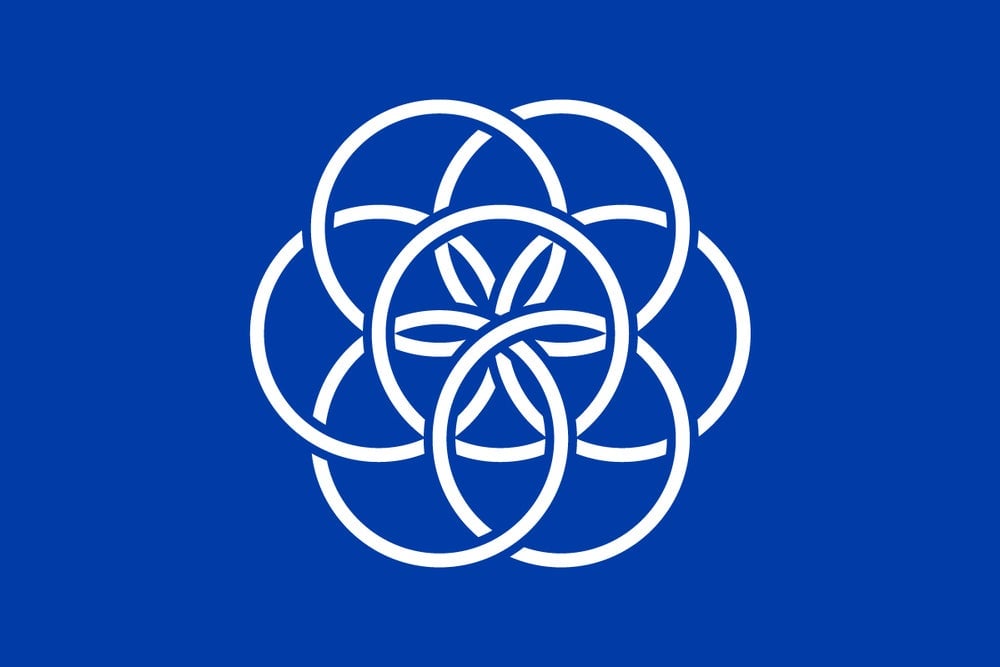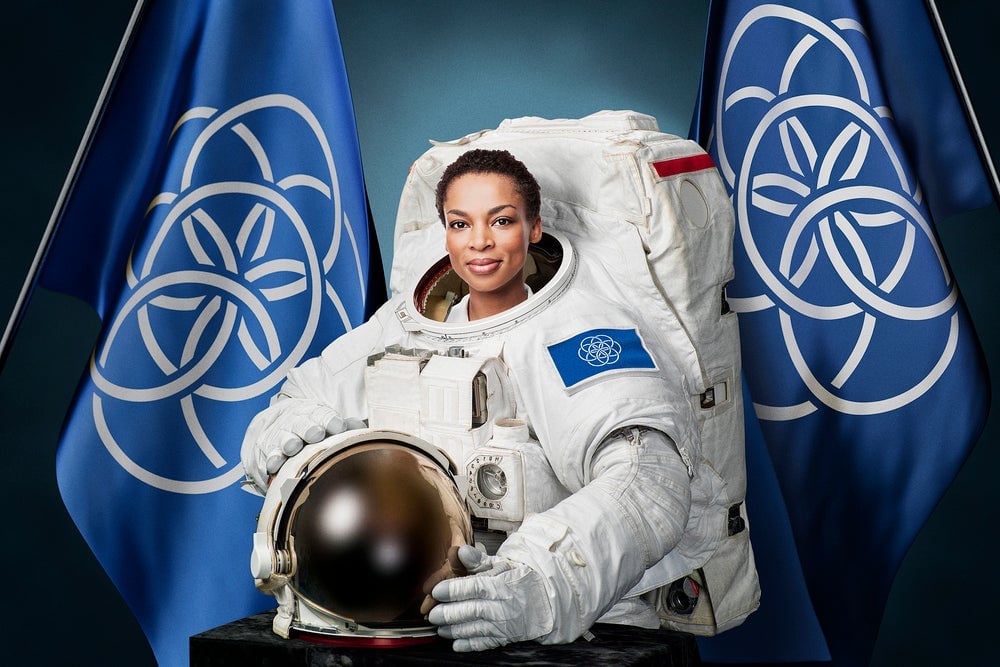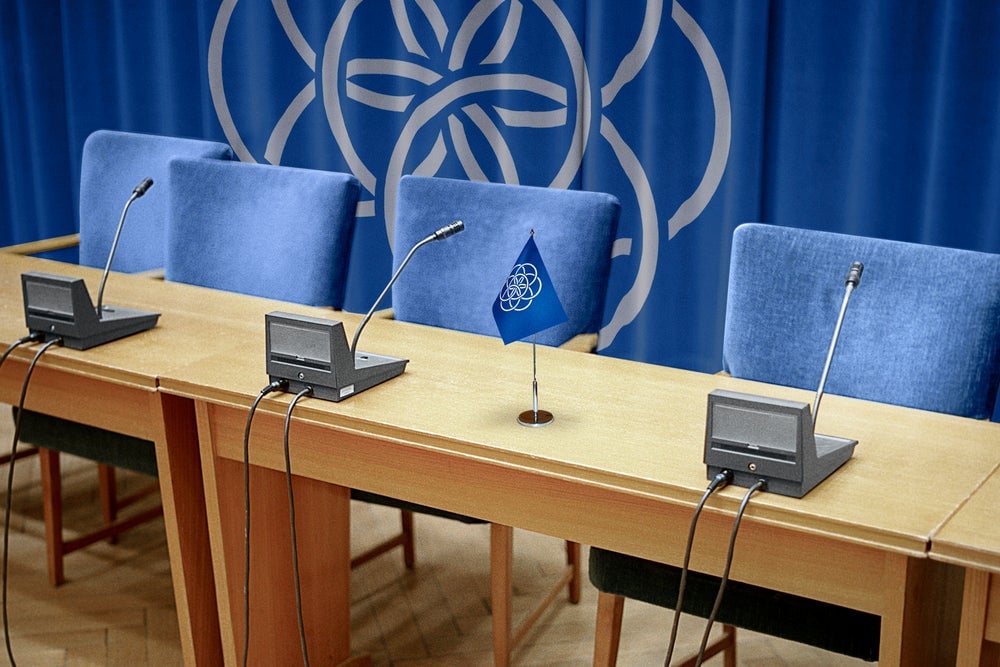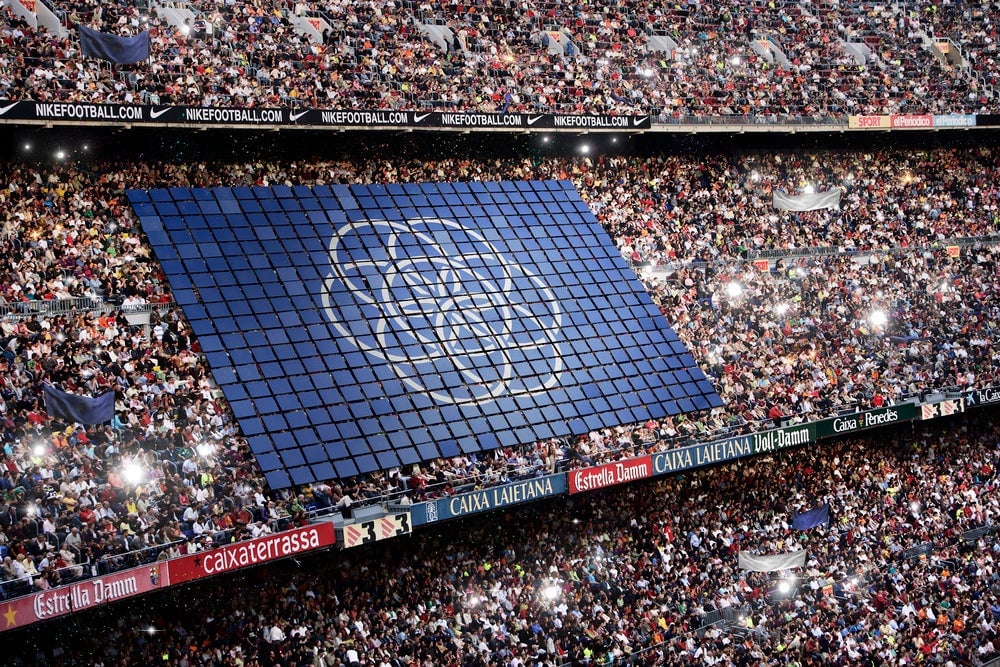Earth will need a global space flag for when we get to Mars
With plans being laid for manned missions to Mars and space exploration in general gaining momentum, Swedish graphic designer Oskar Pernefeldt saw the need for a universal pennant representing all of planet Earth. So as a graduating student at the Beckmans College of Design in Stockholm, Pernefeldt created a flag comprised of seven white, overlapping circles on a blue field for his final project.


With plans being laid for manned missions to Mars and space exploration in general gaining momentum, Swedish graphic designer Oskar Pernefeldt saw the need for a universal pennant representing all of planet Earth. So as a graduating student at the Beckmans College of Design in Stockholm, Pernefeldt created a flag comprised of seven white, overlapping circles on a blue field for his final project.

If the design seems pleasingly familiar, it may be because the motif that’s been extant since ancient times. Often referred to as the ”flower of life” or the “seed of life,” the interlocking circle symbol can be spotted in Mesopotamian art, Islamic design, new age cliques, or in Japanese craft patterns.
Pernefeldt’s plain design is actually genius in its generic quality—rightly open to interpretation and free association. It recalls an atomic particle, the rings from the Olympic logo, or even an abstraction of the United Nations emblem; the blue background is reminiscent of the European Union flag. Even his design rational is depoliticized and properly prosaic: “The rings are linked to each other, which represents how everything on our planet, directly or indirectly, are linked.”

Aided by the superb Photoshop wizardry of the Stockholm-based creative agency BSmart, captivating applications for the flag make it seem like a viable possibility, despite the fact that it has not been officially endorsed or adopted by any agency.

But perhaps the most convincing visualizations are those that show scenes on this planet. From Antarctica to the arena, Pernefeldt demonstrates how the flag can also double as a post-national banner for tolerance and globalism here on Earth. The flag’s purpose is “to remind the people of Earth that we share this planet, no matter of national boundaries,” he writes in the project’s introduction. It is a reminder “that we should take care of each other and the planet we live on.”




Keen on vexillography (the art of designing flags), Pernefeldt previously designed a colorful world-flag mash-up, and he visualized a fictitious country as part of his application to design school.